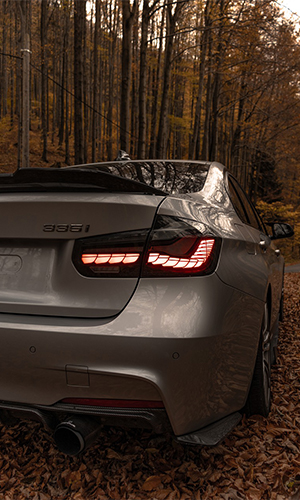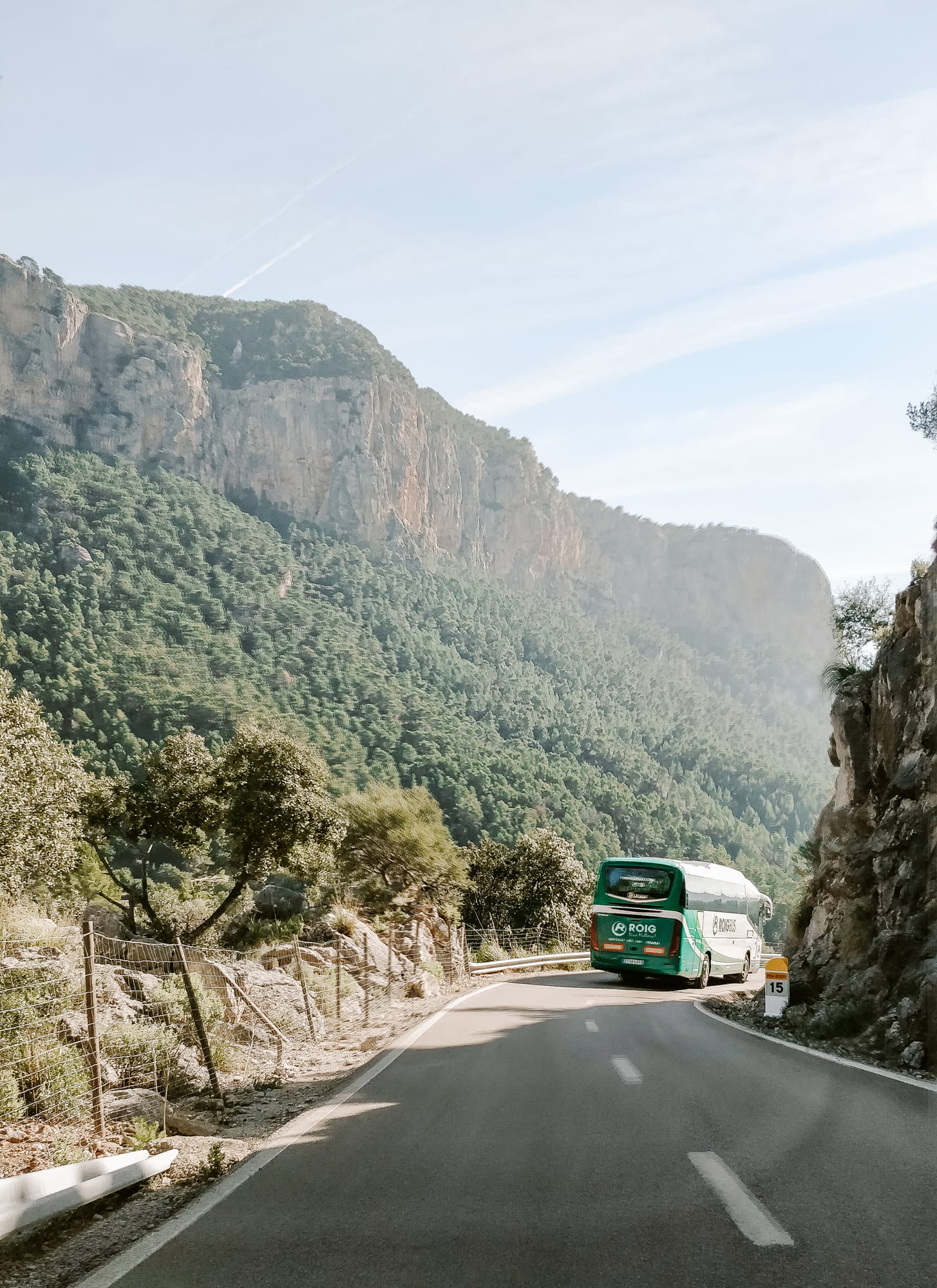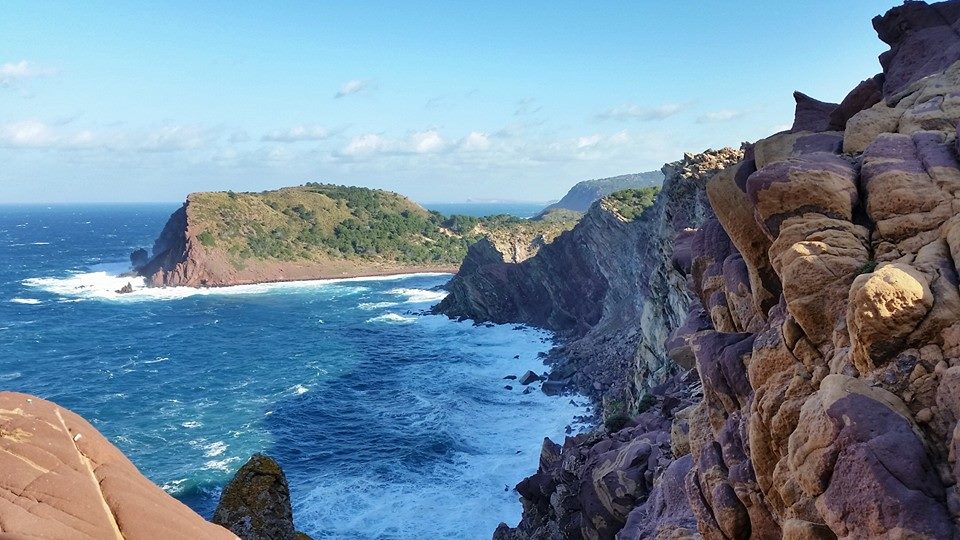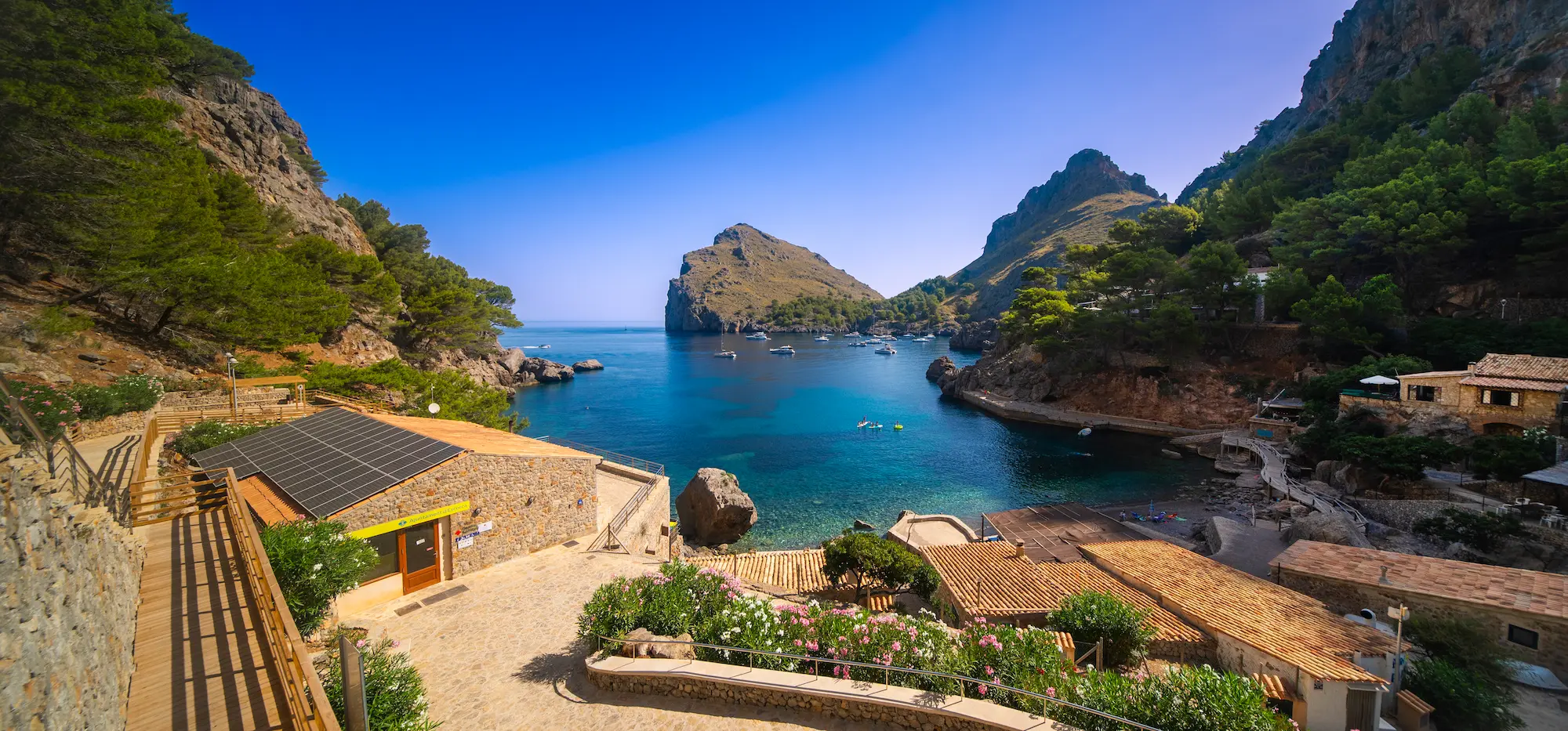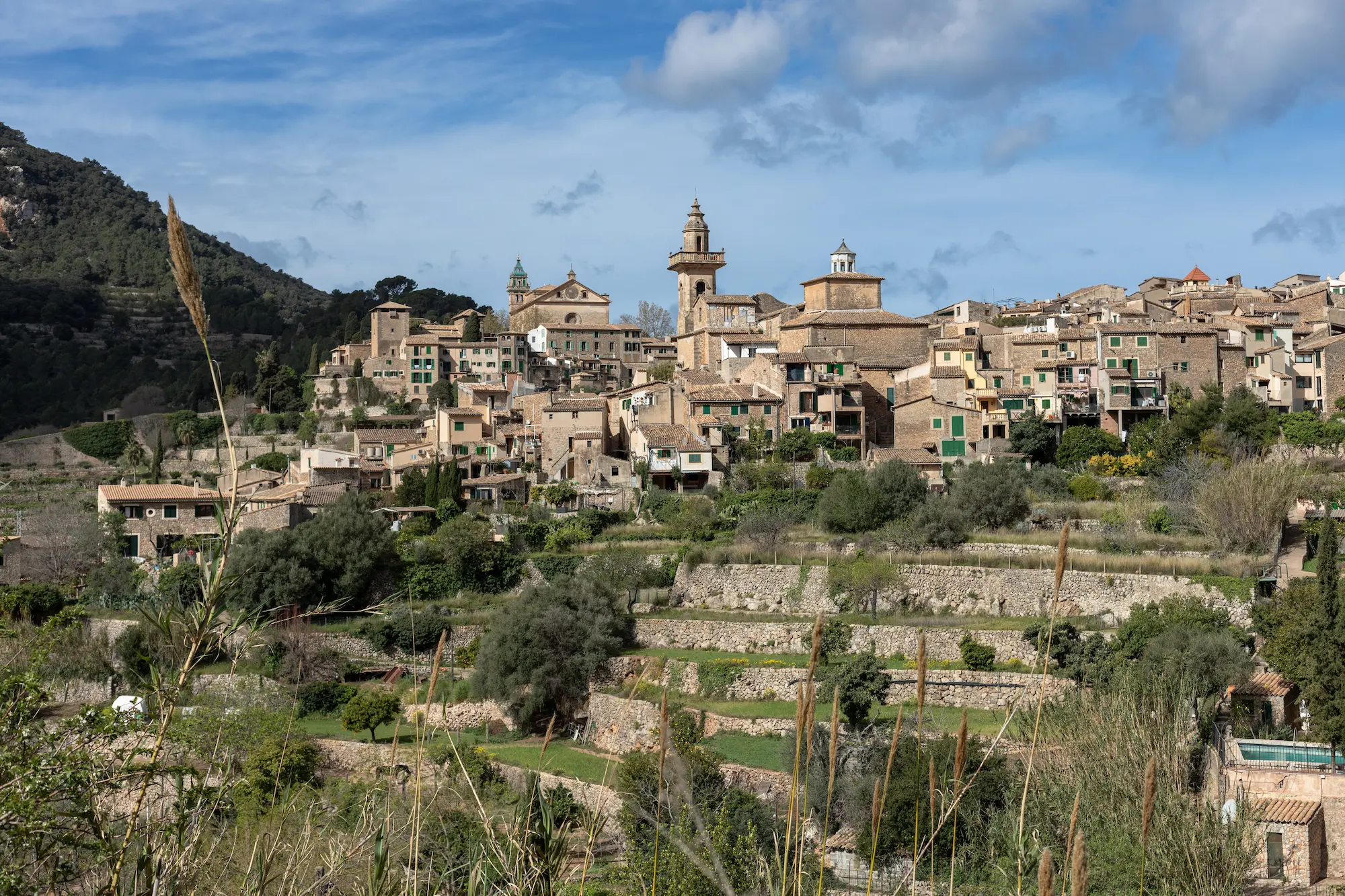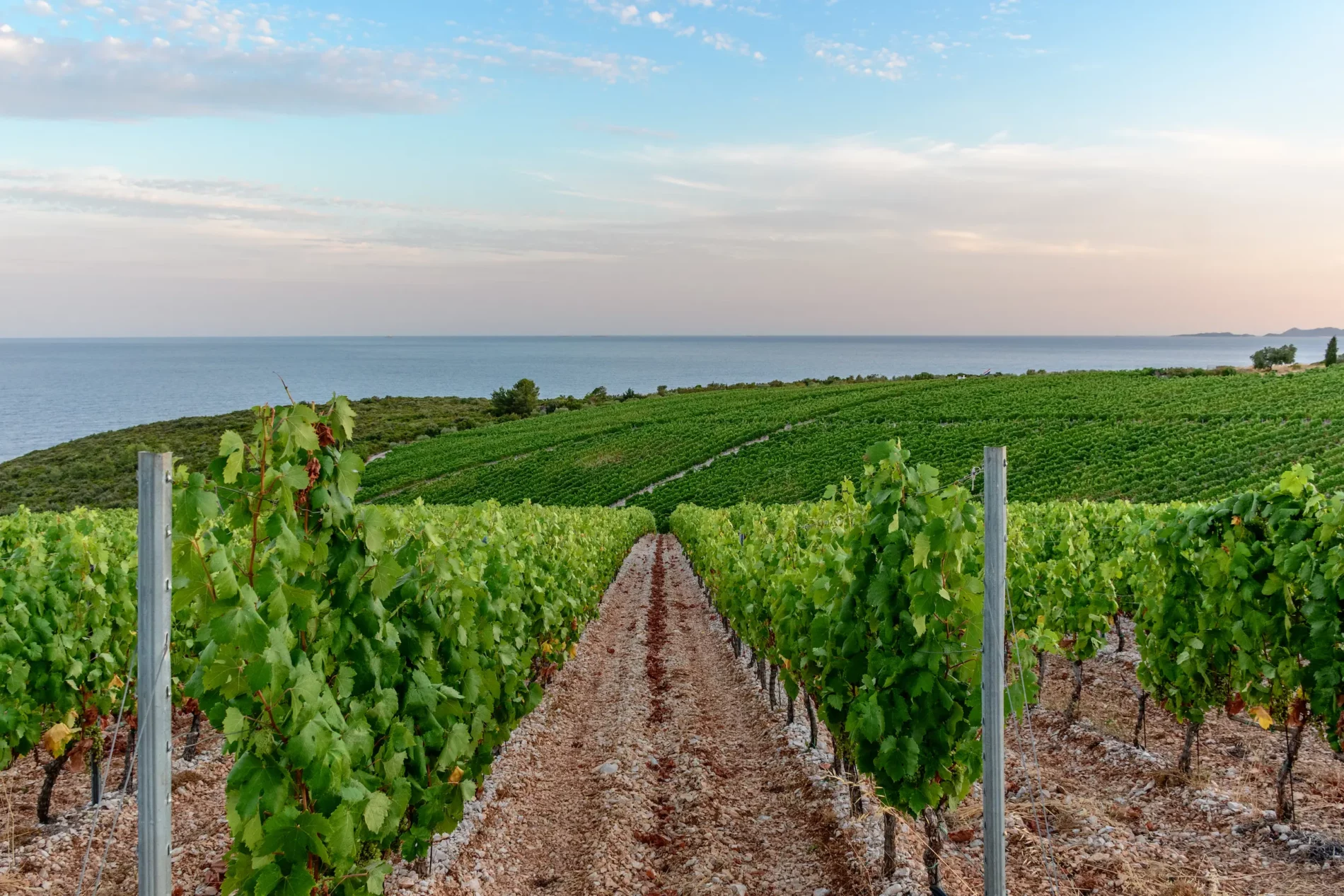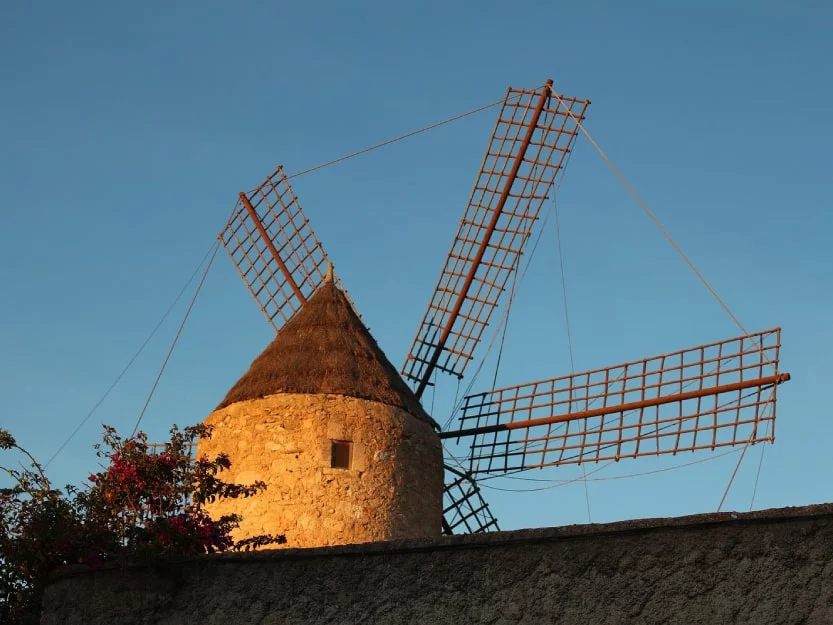The Arab Baths of Palma de Mallorca are one of the most iconic monuments of the city. A visit here is the best way to get to know the Muslim architecture on the largest Balearic island and delve into the history of what was once Islamic territory. Take a trip back in time to discover this wonder with us.
At ROIG, we want all visitors to Mallorca to get to know every corner of the island and experience all of its magic. Exploring the island in its entirety is the best way to understand today’s society and the legacy that different generations have left in the Balearic Islands.
Read on if you want to know everything you need to know about the Arab Baths of Palma, an essential part of your Mallorca itinerary of 3 days or longer.
History of the Arab Baths of Mallorca
The history of the Arab Baths of Mallorca begins in the 8th century. From the year 707, there is evidence of the first Arab disembarkation in Mallorca. Abd Allah negotiated a peace treaty with the powers of Mallorca, where he guaranteed not to attack the people as long as they paid tax to the Caliphate.
In addition to this, the people of Mallorca had to respect Arab socioeconomic structures and accept their religious beliefs. In the year 903, Mallorca was definitively incorporated into the Muslim dynasty of the Umayyads, beginning the complete Arabisation of the population. This was followed by a period of great growth and prosperity with Medina Mayurkam (now known as Palma) as the main cultural centre of the Islamic world at the time.
Medina Mayurka was refounded by the Muslims on Roman remains. The ancient city was completely transformed from the 10th century onwards, and a complex hydraulic system was built to supply water to the urban centre and the orchard on the outskirts.
They also built the fortress known as the Almudaina (later transformed in the 13th century by Catalan conquerors), and the Arab Baths, whose construction dates back to the 10th century and are considered to be the oldest witnesses of Islamic architectural art.
The function of the baths was not only to cleanse the body but also to cleanse the spirit, Even today, you can feel the relaxing atmosphere enveloping you as you enter. Surrounded by the noisy city, here hidden is a space of tranquillity and reflection that also helps you learn more about the origins of the Muslim empire in the city of Palma.
During the Muslim rule in Mallorca, bath houses were a central part of social and cultural life. Also known as hammams, these baths were a place where people gathered to socialise, relax, and take care of personal hygiene. The hammam of Mallorca is similar to those found in other places where the Islamic world has had a presence.
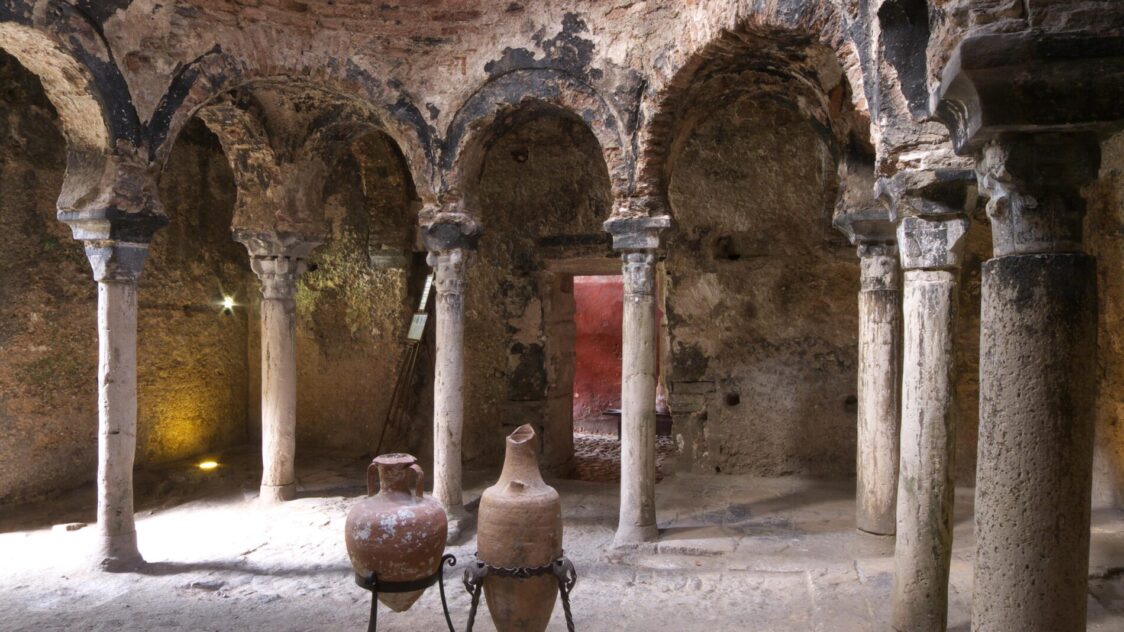

Medina Mayurka was refounded by the Muslims on Roman remains. The ancient city was completely transformed from the 10th century onwards, and a complex hydraulic system was built to supply water to the urban centre and the orchard on the outskirts.
They also built the fortress known as the Almudaina (later transformed in the 13th century by Catalan conquerors), and the Arab Baths, whose construction dates back to the 10th century and are considered to be the oldest witnesses of Islamic architectural art.
The function of the baths was not only to cleanse the body but also to cleanse the spirit, Even today, you can feel the relaxing atmosphere enveloping you as you enter. Surrounded by the noisy city, here hidden is a space of tranquillity and reflection that also helps you learn more about the origins of the Muslim empire in the city of Palma.
During the Muslim rule in Mallorca, bath houses were a central part of social and cultural life. Also known as hammams, these baths were a place where people gathered to socialise, relax, and take care of personal hygiene. The hammam of Mallorca is similar to those found in other places where the Islamic world has had a presence.
These baths were supplied with hot water and steam through a complex network of pipes. In addition, different types of stone and marble that are not preserved today were used to create a luxurious and relaxing environment for the participants. These spaces were where life was made and important decisions were made. For example, poets and musicians would meet there, and women would often come together to discuss their business.
Most of Mallorca’s hammams were destroyed after the Christian Reconquest of the island. However, the Arab Baths of Palma remain and were restored for proper preservation in the 20th century.
What to see in the Arab Baths of Mallorca
When you enter the baths you will be shown a video that explains how the hot and cold water system works, before you see it for yourself. The video takes you on a trip back in time and helps to give you context on the period of Arab domination through the oldest places in the city.
Still preserved in the baths are some rooms, steam ducts, and the remains of chimneys that were used to heat the water and ventilate some of the chambers.
Undoubtedly, one of the most striking parts to see in the Arab Baths of Mallorca is the garden. It is a quiet space full of lush vegetation, ideal for taking a break in on the hottest days of your vacation.
A detailed description of the Arab Baths
The Arab Baths are located in the gardens of Can Fontirroig, 7 Can Serra Street in Palma de Mallorca. Only the central room, used for the hot baths, and another adjoining one with a rectangular floor plan and a semicircular vault, have been preserved. To access them you must cross a horseshoe arch portal that will guide you directly into this idyllic space.
The room is square with a side corridor with a semicircular roof, formed by twelve columns and horseshoe arches, under a dome made of bricks with skylights. These baths were built in the 10th century, as we have mentioned before, and are only partially preserved since there are no remains of the cold-bath room.
These baths were possibly part of the palace of some Muslim nobleman. The diversity of styles of the capitals suggests that materials from other buildings were used to carry out this construction. During the walk, you will be able to see the remains of chimneys and hot water or steam pipes that will allow you to imagine the splendour of an era.
A narrow corridor leads to a room, which sometimes functioned as a dressing room. From there you go to the warm room, the antechamber of the hot chamber also known as hammam. Missing from the end of the tour is the cold-bath room, of which there is no record.
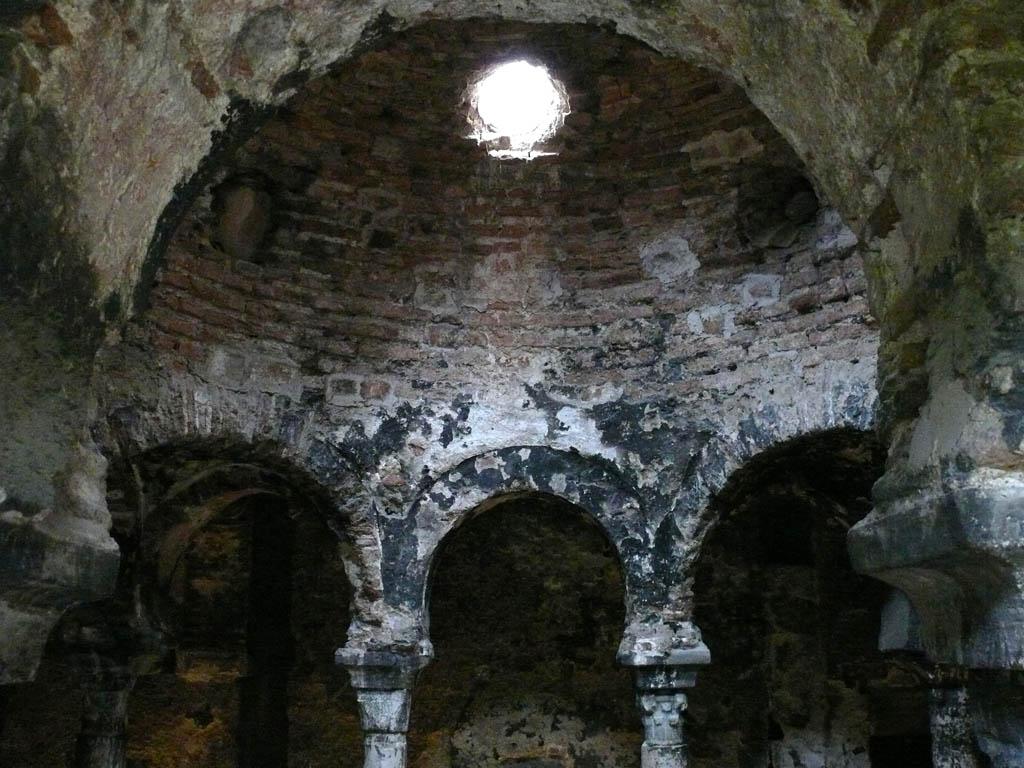

Useful information about the Arab Baths of Mallorca
The Arab baths of Palma are part of the historical heritage of the island and their location in the heart of the city makes them one of the main points to visit in Mallorca. The visit does not take too long, since the bathrooms are small, but it is advisable to go in advance to wait in the possible queues that form, especially in high season.
We leave you with some useful information that will facilitate your visit:
- Location: Carrer de Can Serra, 7, Palma.
- Opening hours: From April to November: from 9:30 am to 8:00 pm. From December to March: from 9:30 am to 7:00 pm.
- Price: General admission: 2,50 €.
- Best time to visit: In mid or low season, as the queues are shorter. Here is a link for more things to do in Mallorca in autumn that will make you fall in love with the island.
- Nearby places to visit: Cathedral of Mallorca (256 m), Royal Palace of La Almudaina (376 m), center of Palma de Mallorca (490 m), Museum of Modern and Contemporary Art of Mallorca (930 m), Sóller Train (1.2 km).
This is everything you need to know about the Arab baths in Palma de Mallorca, one of the most emblematic places on the island and completely worth a visit. If you want to move around the island at your leisure and get everywhere without having to worry about public transport, we recommend that you choose a rental car with ROIG that suits your needs and your budget. Enjoy Mallorca like never before and discover the magic in each of its corners!




